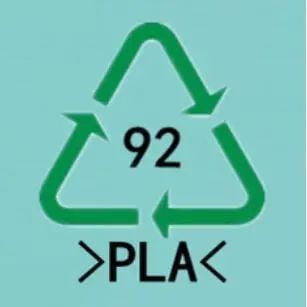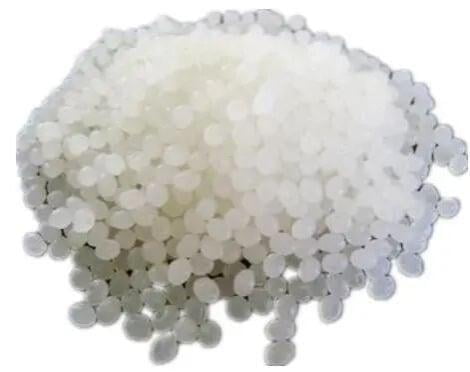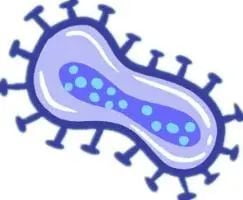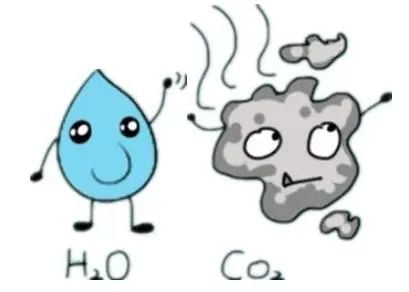With the "plastic ban" on line, biodegradable plastics are penetrating into our lives. Why are biodegradable plastics being promoted as an alternative product? Read this article and you will understand!
Polylactic acid: English name PLA, scientific number 92
Hello everyone! I am a locket student of "Biodegradable Plastics Class". I have many good friends in my class, such as PBAT, PBS, PBT, PHA and so on.

Student number | Name |
53 | PBAT |
57 | PBT |
56 | PBS |
60 | PCL |
84 | PGA |
85 | PHA |
92 | PLA |
... |
Student ID cards: look! This is our student ID card, with our respective school numbers written in the circular triangle symbols printed on us.

Tell you a secret Oh, I was a child and now look completely different, when I was born is a budding grain

It is then sent to a factory to be extracted into starch, which is then fermented and turned into lactic acid.

Then, through polymerization reaction, it is made into resin

After processing and molding, it turned into this handsome appearance now. There are many of my brothers and sisters in the factory at the same time

When we are old we will be sent to a composting plant. There, we will be gradually decomposed by microorganisms

Slowly turning into water and carbon dioxide

Returning to the embrace of Mother Nature, my life originates from nature and returns to nature.
So it is an ideal alternative to traditional plastic products
Here are a few tips on how to buy and identify biodegradable plastic products
There are some products on the market that claim to be photo-degradable and thermo-oxide-degradable, what is the difference between them and biodegradable plastics?
Photodegradation and thermal oxygen degradation plastics are all additive degradation plastics, i.e. adding degradation additives to traditional PP and PE to achieve the so-called "degradation", whose "degradation" process is only a physical fracture of the material, turning it into microplastics invisible to the naked eye. Not only is it not conducive to recycling and cleaning up plastics, it can also be more harmful to the environment. Biodegradable plastics, on the other hand, are plastics that can eventually be completely decomposed into carbon dioxide or methane, water and other biomass under certain conditions, without causing any impact on the environment.
Are starch-based plastic products biodegradable plastics?
Starch-based plastics can be divided into two main categories: one is plastics made of starch blended with non-degradable resins (PP/PE/PS, etc.). The other category is plastics made of starch blended with biodegradable resins (PLA/PBAT, etc.). Of these, only the latter is a biodegradable plastic. We can usually tell if a product is a biodegradable plastic by the "material" on the product label. For example, the material in the picture is labeled polypropylene (PP) and food starch, which are not biodegradable plastics.
How can consumers properly purchase biodegradable plastic products?
1. Look at the graphic logo. Recognize the "everyone logo", some products are also marked with a middle labeled number of circular triangle symbol (the number is the product material code)
2. Look at the material. Common materials are PLA, PBAT, PBS, etc.
3. Look at the implementation standards of the product. The common biodegradable plastic products corresponding standards are GB/T 20197-2006 "Definition, classification, marking and degradation performance requirements of degradable plastics", GB/T 38082-2019 "Biodegradable plastic shopping bags", GB/T35795-2017 "Full biodegradable agricultural ground cover film", GB/T 18006.3-2020 "Disposable General Technical Requirements for Biodegradable Dining Utensils", GB/T 28018-2011 "Biodegradable Plastic Garbage Bags", etc.

